Ben Caldwell stopped in the middle of 43rd Street in Leimert Park, bent down, lunged forward, clicked a photograph and disappeared into the crowded street within seconds.
Something on the other side of the road had caught his attention.
This article was also published on KCET Departures, an online documentary series mapping LA neighborhoods through interactive portraits.
Perhaps it was the colorful quilted skirts swaying in the breeze in a makeshift clothing store, one of the many stands set up during Leimert Park’s monthly art walk. Perhaps it was the kids playing jump rope across the street. Or maybe it was one of the drummers tapping furiously in the drum circle by the fountain.
Caldwell never leaves home without his Canon DSLR camera, whether he’s going to a community meeting, a high-end innovation event at a private school or simply strolling across the familiar Leimert Park streets.
“He documents everything, knowing things will have more value in the future,” said his daughter, Dara Marama Caldwell-Ross. “The value is not just monetary, it’s symbolic.”
Caldwell captures the world around him from behind the camera, but moves so quickly and quietly that he’s almost invisible. His customary faded black t-shirt and loose jeans don’t help him stand out either. But this low-profile artist is the tour de force of Leimert Park, a constant in this ever-changing community.
“He won’t like it if I say this, but he is like the father of Leimert Park,” said Maria Elena Cruz, an artist and teacher.
He calls himself an “octopus” with every tentacle working on a different assignment. In the last 33 years, he’s been a filmmaker, entrepreneur, ethnographer, documentarian, educator and community activist. [Read more…]









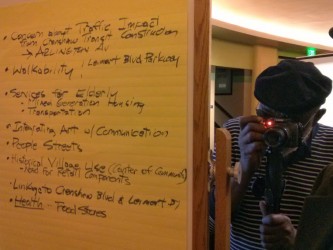

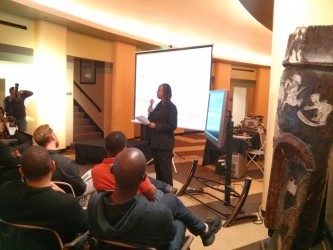
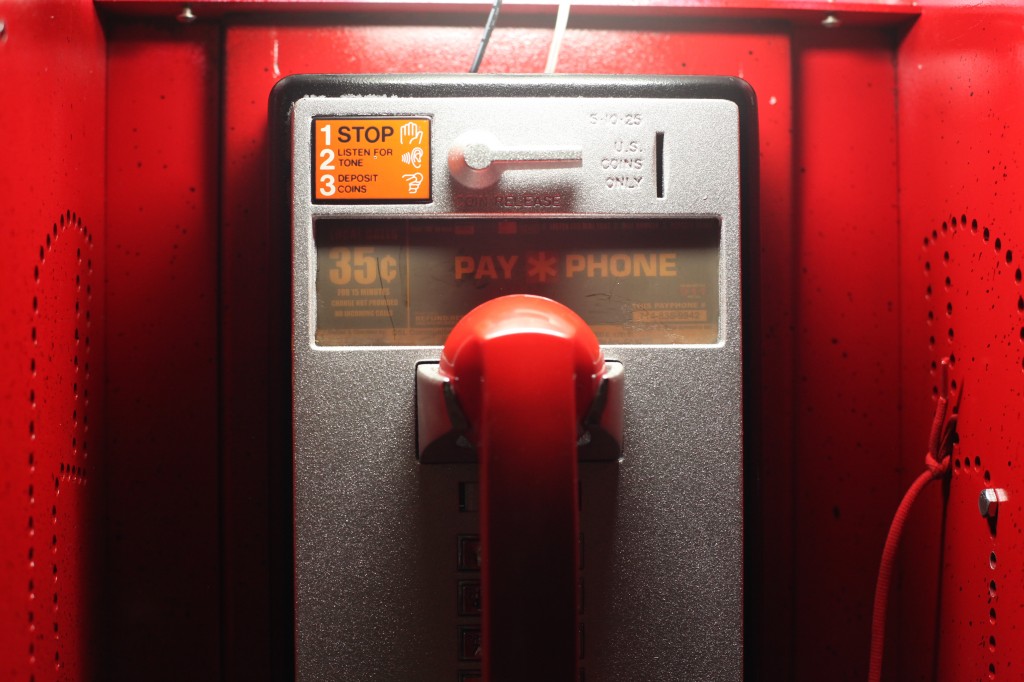
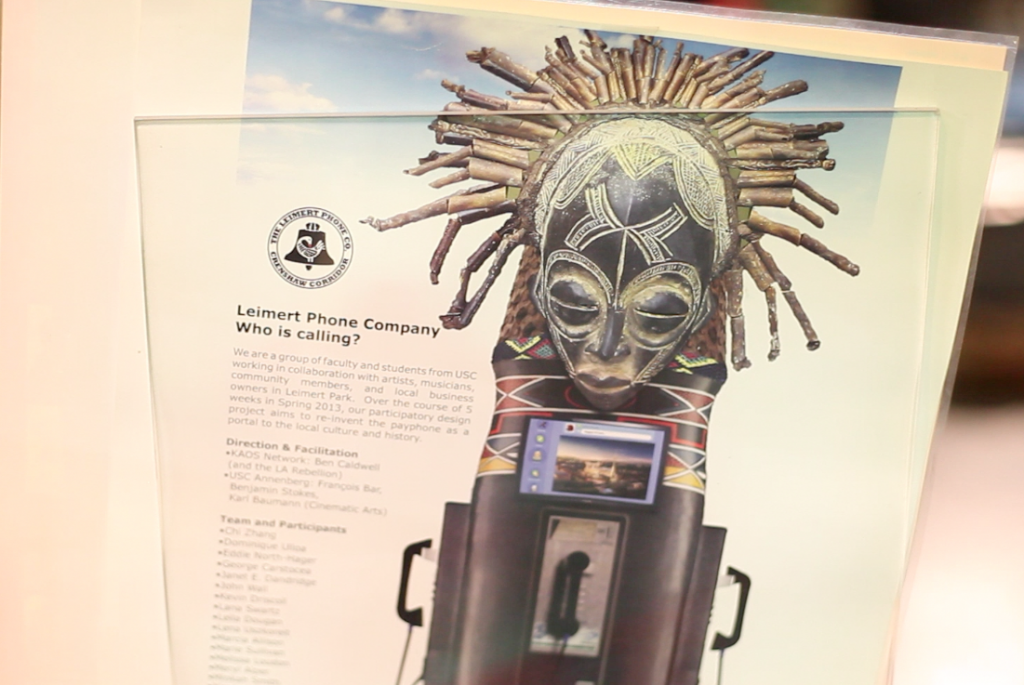
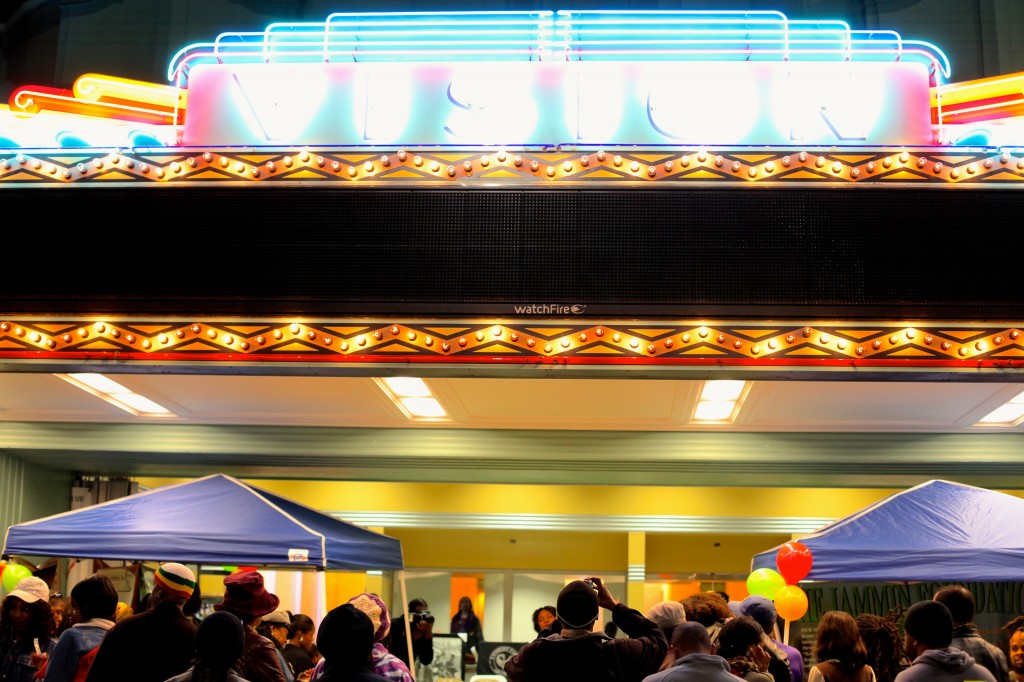
.jpg)
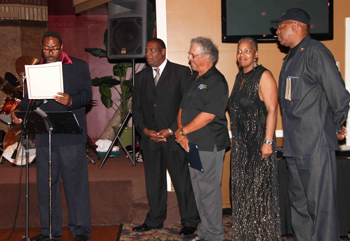 Drummer Al Williams, one of the Living Legends Linda Morgan (second from right) celebrated in April
Drummer Al Williams, one of the Living Legends Linda Morgan (second from right) celebrated in April



